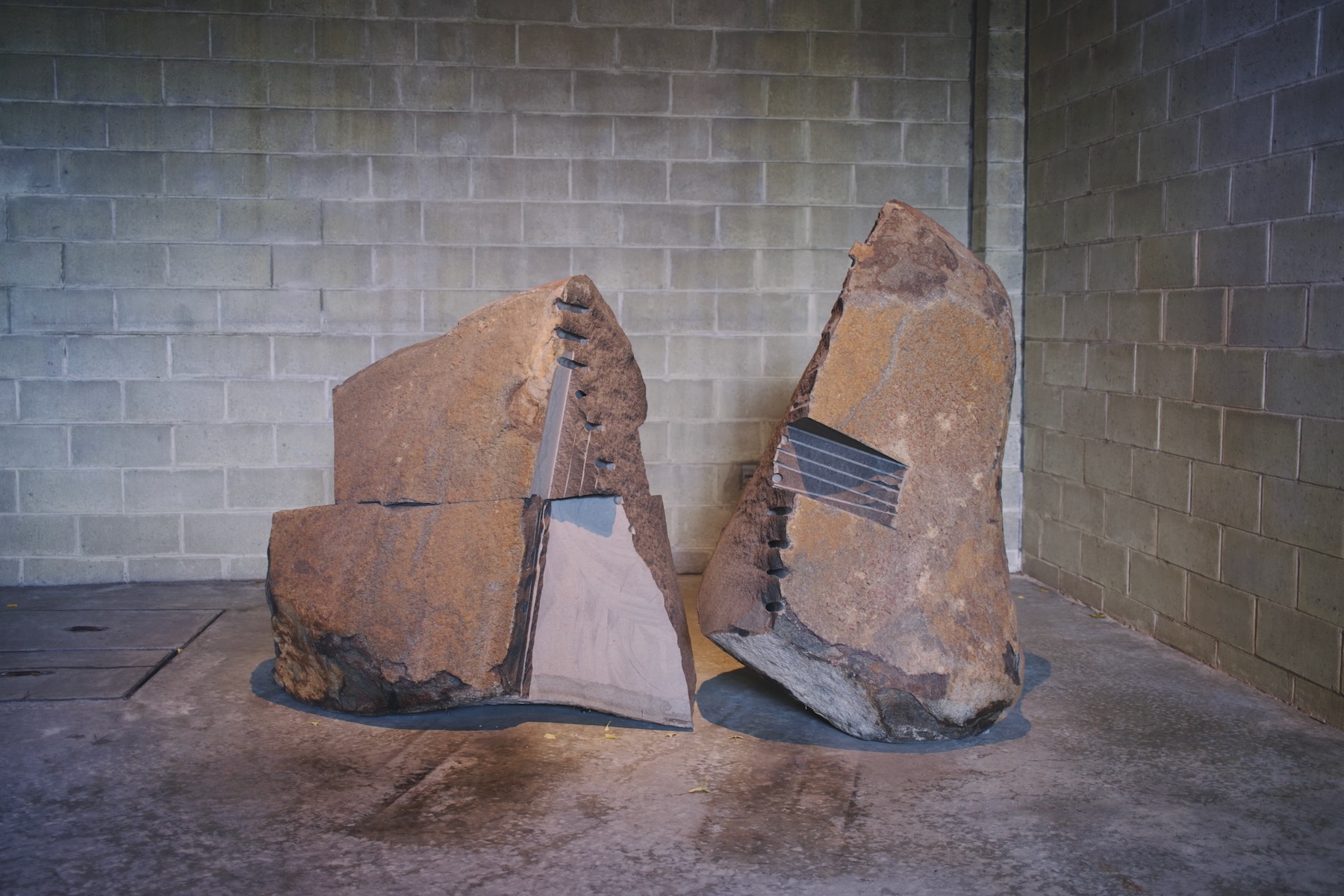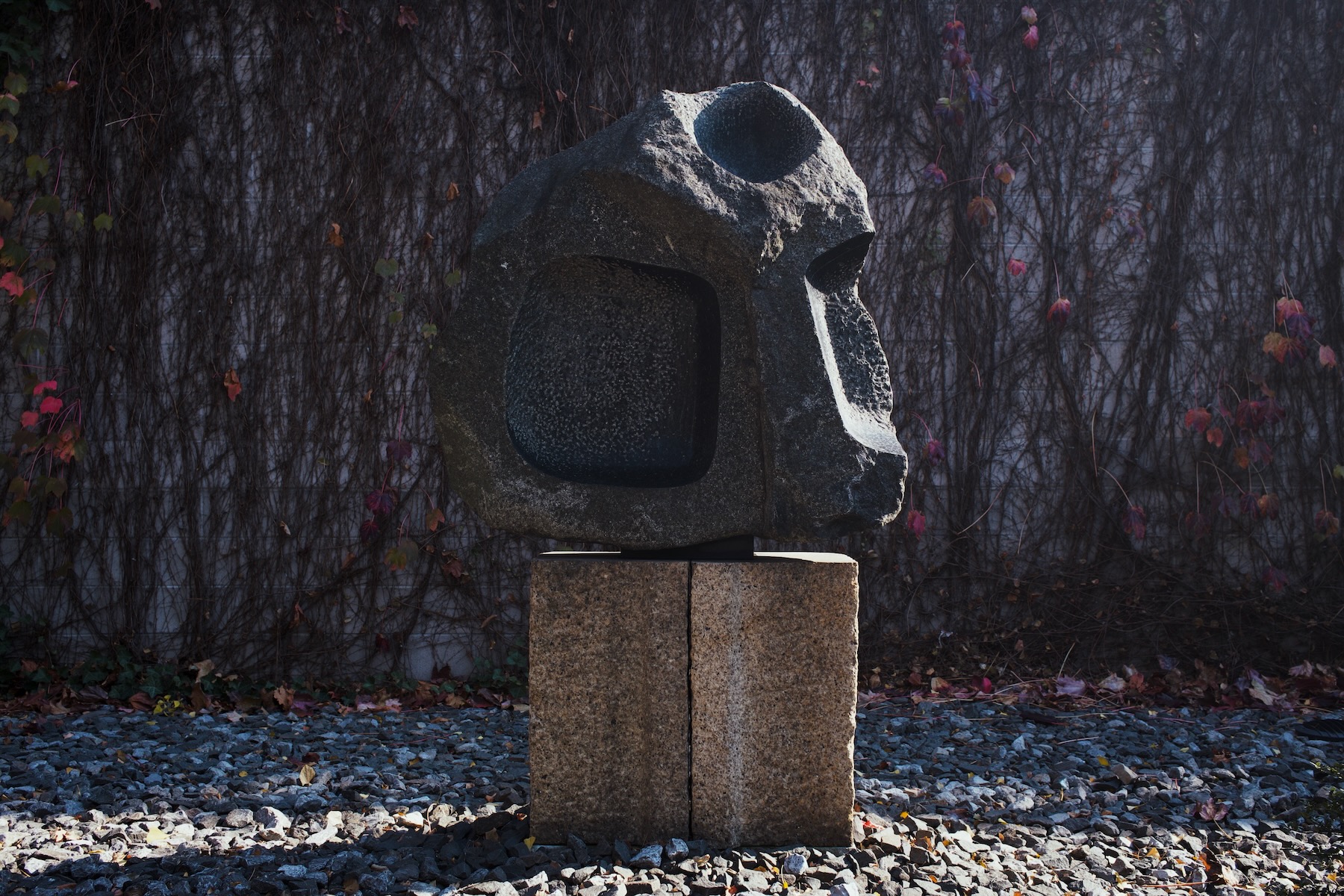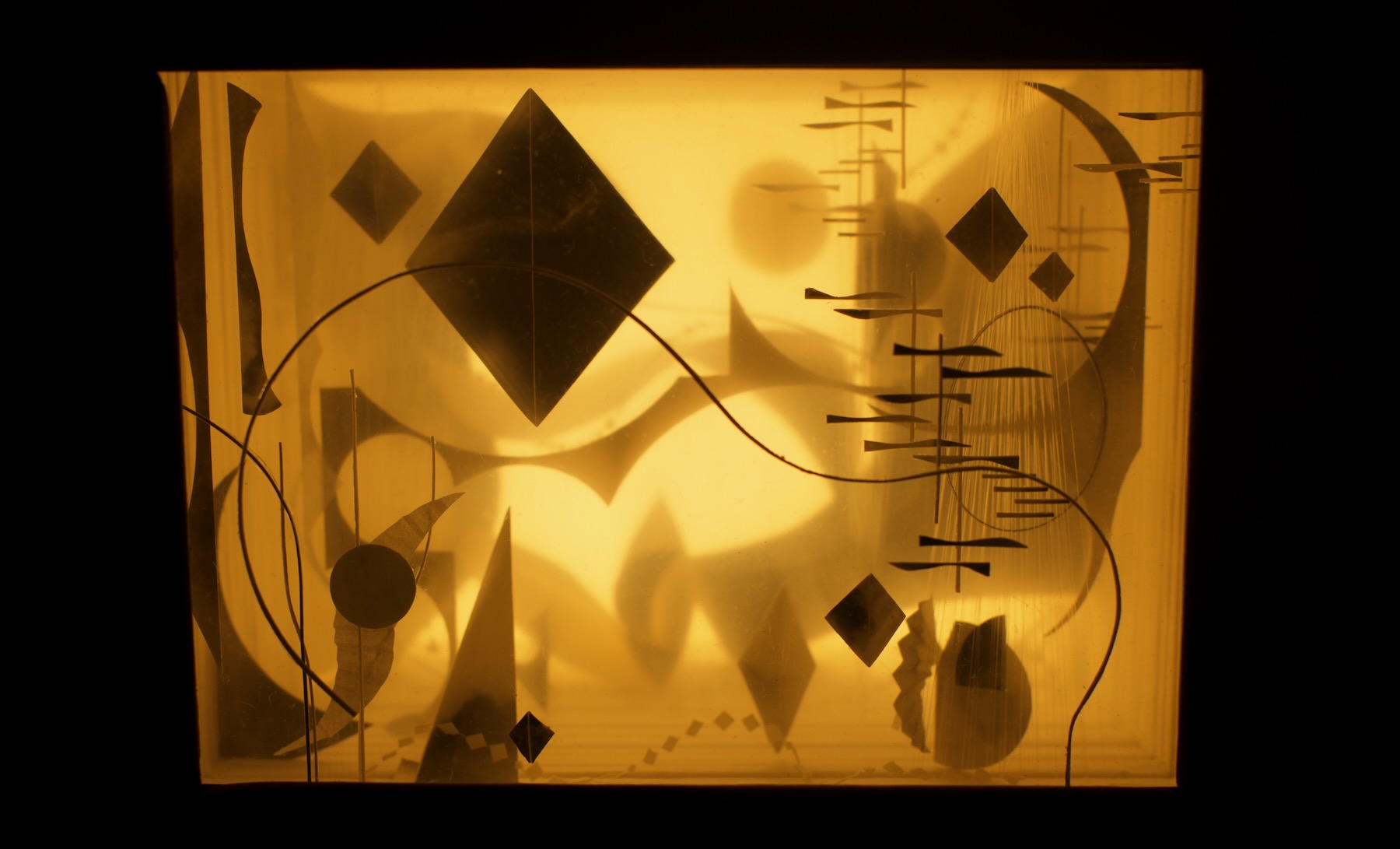2024-12-30
Here are some of the coolest posters I saw in the city this year. Here’s the collection from last year.
2024-12-30
Here are some of the coolest posters I saw in the city this year. Here’s the collection from last year.



2023-12-28
Berlin has cash only bars, stickers to put over your phone’s camera before you can come into the party, and a strong poster culture. The surfaces of the city are covered in a growing, shedding, and regenerating skin of posters. Most are good. Here are the ones I liked this year.
2023-05-09
First, whimsy. I like it when people do something that could have been straightforward and to the point, but instead they inject a little bit of charming madness in there, the unpredictable human touch. Here is a band website that is old fashioned, simple, and yet deeply weird. Give it a minute. Here is a clock website that shows an excerpt from a book for every minute of the day, a bit like my favourite film installation, The Clock by Christian Marclay. Here is a hand-curated archive of fictional brands that appear in media. Here is a man who invented his own set of workouts based on wielding a nerfed sledgehammer, called the shovelglove.
2023-02-17
So Popbitch (a very catty UK media gossip newsletter) reports that Fred Again’s people have been trying to keep the fact that he is minor gentry out of his Wikipedia article. Fair enough. I understood his story to go as follows: young South London guy makes poppy dance songs during the pandemic, goes viral, becomes instant stadium-packing act once the restrictions lift, and boy he just can’t believe his luck. Shucks! No doubt this narrative has been carefully shaped by him and his people, and the truth does endear me to him less. His daddy is a Baron and a QC, his godfather is Brian Eno. He’s a nepo-baby, fine.
2020-11-22
In East Dulwich there is a Pellatt Road. I still don’t know how to pronounce it; a simple “pellet” seems most statesmanly. I’ve wondered where that name came from. It struck me as a person’s name, probably.
I started looking, and found an MP for Southwark who died a little before a plot called Friern Farm near the village of Dulwich in Surrey was bought up and replaced with a tidy horseshoe of early Victorian streets, one of which was named Pellatt Road. Taking that as good enough, I sank into a rabbit hole finding out about what life he led to get a street here named after him.
2020-10-05
Increasingly, Artemisia is celebrated less for her handling of private trauma than for her adept management of her public persona. Throughout her career, she demonstrated a sophisticated comprehension of the way her unusual status as a woman added to the value of her paintings. On a formal level, her representation of herself in the guise of different characters and genders prefigures such postmodern artists as Cindy Sherman. Unlike Sherman, however, Artemisia had few female peers. She was not the only woman working as an artist during the early seventeenth century: a slightly older contemporary was the northern-Italian portraitist Fede Galizia, born in 1578, whose father, like Artemisia’s, was also a painter. But Artemisia must often have felt singular. In a series of letters written to one of her most important patrons, the collector Antonio Ruffo, she wittily referred to her gender: “A woman’s name raises doubts until her work is seen,” and, regarding a work in progress, “I will show Your Illustrious Lordship what a woman can do.” In 2001, the scholar Elizabeth Cropper wrote, “We will never understand Artemisia Gentileschi as a painter if we cannot accept that she was not supposed to be a painter at all, and that her own sense of herself — not to mention others’ views of her — as an independent woman, as a marvel, a stupor mundi, as worthy of immortal fame and historical celebration, was entirely justified.” On art-adjacent blogs, Artemisia’s strength and occasionally obnoxious self-assurance are held forth as her most essential qualities.
— A Fuller Picture of Artemisia Gentileschi, Rebecca Mead in The New Yorker
2019-12-30
This guy has been collecting all the “Best x of the 2010s” lists that have been appearing in the past few weeks into an impressive collection.
Here are some of my highlights: